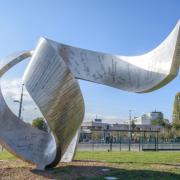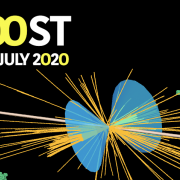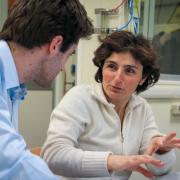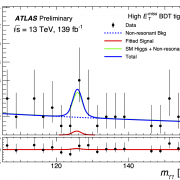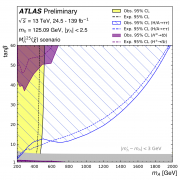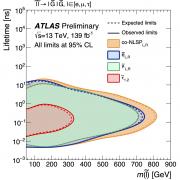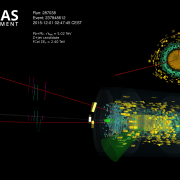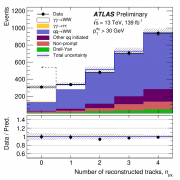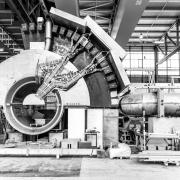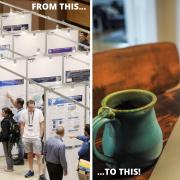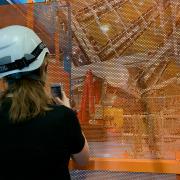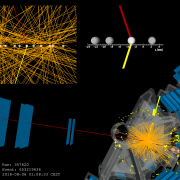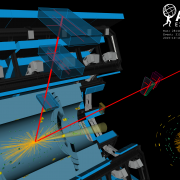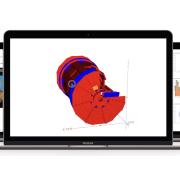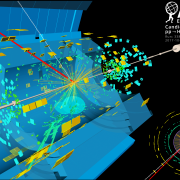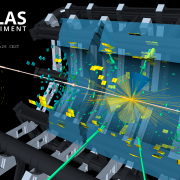Access to Collaboration Site and Physics Results
Updates tagged: “collisions”
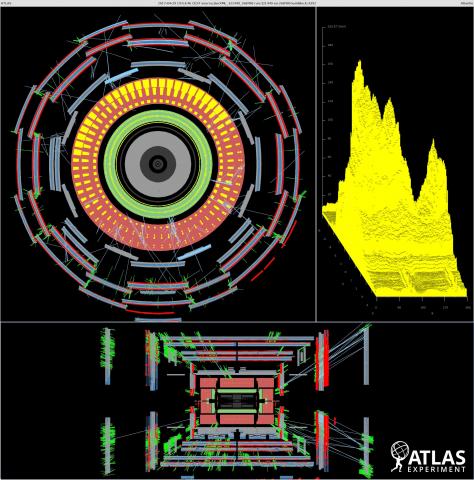
Beams return to the ATLAS Experiment
With the year’s first proton beams now circulating in the Large Hadron Collider, physicists have today recorded “beam splashes” in the ATLAS experiment

Counting collisions
Whether searching for signs of new physics, or making precise measurements of known interactions, it is essential to know the total number of proton-proton collisions that the LHC delivers in ATLAS. This parameter, known as “luminosity”, is a vital part of ATLAS analysis.
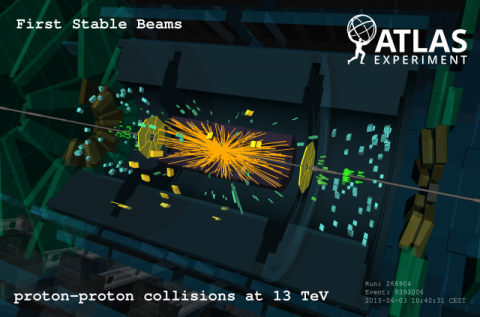
ATLAS begins recording physics data at 13 TeV
Today ATLAS and other particle physics experiments at CERN's Large Hadron Collider (LHC) began recording physics data from 13 TeV proton collisions, which allow for precision studies of the Higgs boson and other Standard Model particles, as well as the search for new particles with higher masses. The new data will bring a deeper understanding of nature.

ATLAS records first test collisions at 13 TeV
On 20 May at around 22:24, ATLAS recorded the first 13 TeV test collisions delivered by the Large Hadron Collider. The proton collisions set a new high energy record, marking the beginning of ATLAS' journey into unexplored physics frontiers as we prepare for production data-taking, scheduled to start in early June.
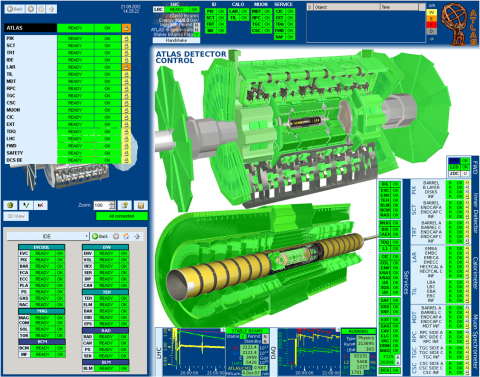
Coordination for collisions
There is the Large Hadron Collider and then there are its experiments. When the collider is ready to circulate proton beams, the experiments have to be ready to receive them.
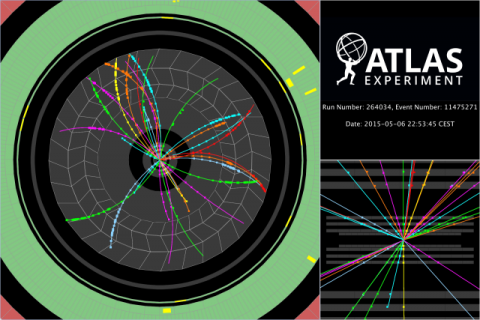
First collisions at injection energy
On the morning of 5 May 2015, ATLAS recorded the first scheduled proton beam collisions since the Large Hadron Collider and its experiments started up after two years of maintenance and repairs.
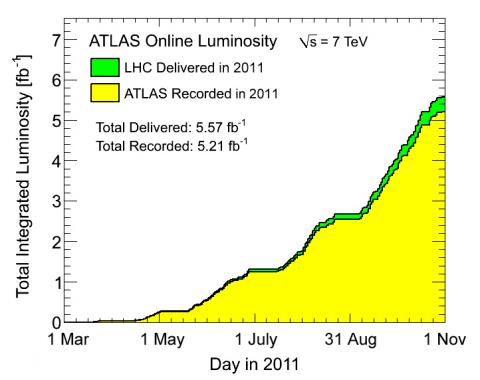
ATLAS reaches milestone: 5 inverse femtobarns of data!
In an amazing year that has exceeded our expectations, the Large Hadron Collider has delivered, and ATLAS has recorded, over 5 inverse femtobarns (fb-1) of collisions. These units correspond to having 3.4 x 1014 or 340 000 000 000 000 total collisions. Most analyses presented at the last major conference (the Lepton Photon Symposium in August in Mumbai) made use of about 1 fb-1, so this is a big jump.

Increasing collision rate
Many collisions will be needed to unveil the secrets eventually hidden at the 7 TeV energy regime.
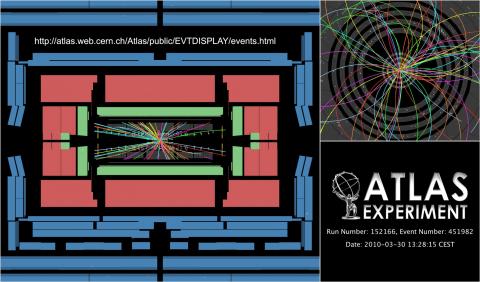
First 7 Tev collisions have been recorded in ATLAS
After ramping of the beams to 3.5 TeV and tuning, final checks, and some emotions due to an unforeseen beam dump, the 7 TeV collisions finally appeared on the on-line monitors of the ATLAS Control Room.
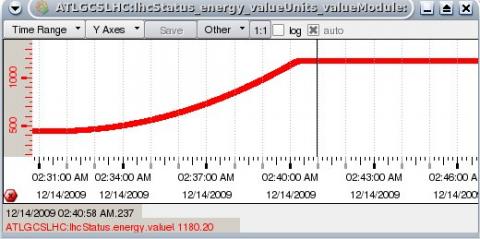
More collisions at 2.36 TeV
This early morning Dec.14 at 2.40, after a 8 minutes ramp, the energy of the two LHC beams has been brought up to 1.18 TeV again.


